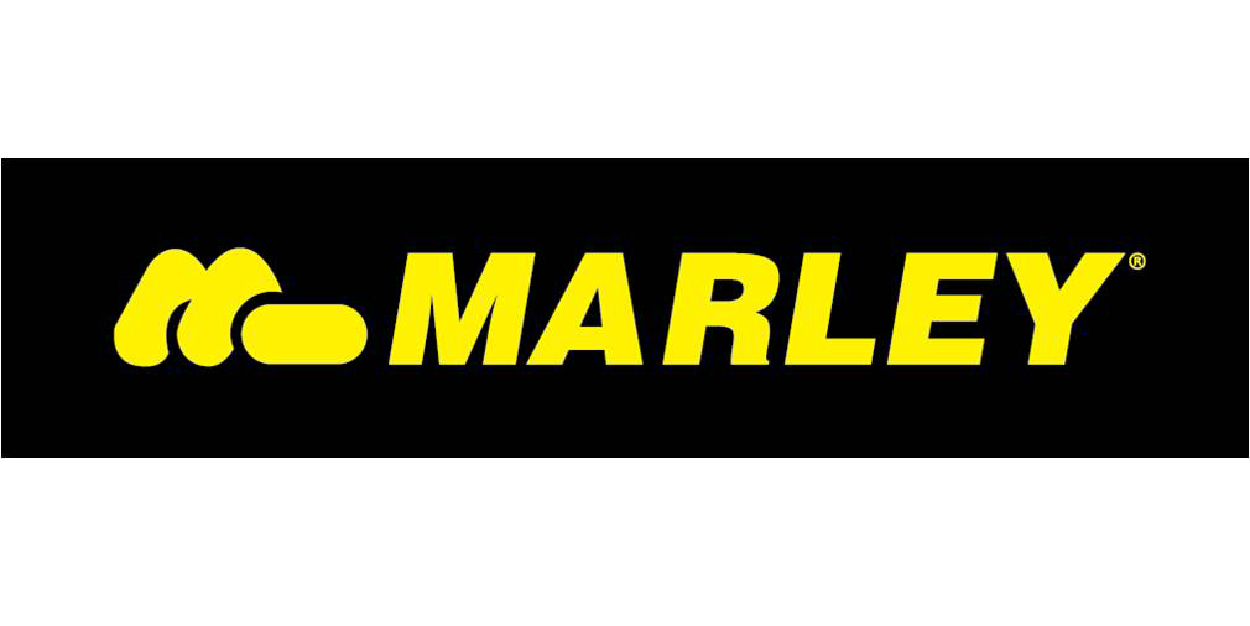
Call Today 09 973 4973 or
The Fundamentals of Leak Detection
Leak detection is a process that involves identifying the presence and location of leaks in plumbing, gas, and sewer systems. Various methods and technologies are employed in leak detection, with the choice of technique often depending on the specific situation and the type of leak being investigated. In this article, we will explore the various approaches to leak detection and discuss how they work.
Acoustic Leak Detection
Acoustic leak detection is one of the most common methods used for identifying leaks in water pipes. This technique relies on the principle that leaks produce sounds or vibrations due to the water escaping the pipe under pressure. These sounds can be detected using sensitive microphones or ground sensors, which are placed along the pipeline or on the surface above the pipe.
Once a potential leak is identified, its location can be pinpointed using triangulation techniques. This involves measuring the time it takes for the sound to travel from the leak to multiple sensors and using this information to calculate the precise location of the leak. Acoustic leak detection is particularly effective for detecting leaks in metallic pipes, as they transmit sound more efficiently than plastic pipes.
Infrared Thermography
Infrared thermography is a non-invasive method that uses infrared cameras to detect temperature differences on surfaces, such as walls and floors. This technique can be used to locate water leaks by identifying areas where the temperature differs from the surrounding environment due to the presence of water. For example, a wet spot on a wall will likely be cooler than the surrounding area, while a hot water pipe leak may cause the temperature to be higher.
Infrared thermography can also be used to detect gas leaks, as escaping gases can cause temperature variations. However, this method may not be as effective in certain situations, such as when there is minimal temperature difference between the leaking substance and the surrounding environment.
Tracer Gas Leak Detection
Tracer gas leak detection is a technique that involves introducing a non-toxic, non-reactive gas into the system being tested. Common tracer gases used include helium and hydrogen. These gases are chosen because they are lighter than air and can easily escape through even the smallest of leaks. Once the tracer gas is introduced into the system, gas detectors or sensors are used to identify the presence of the tracer gas outside the system, indicating a leak.
Tracer gas leak detection is particularly effective for detecting leaks in gas pipelines and pressurised systems. However, it may not be suitable for all situations, as it requires access to the system being tested and may not work well in large or complex networks.
Smoke Testing
Smoke testing is a method used primarily for detecting leaks in sewer systems. This technique involves introducing a non-toxic, artificially generated smoke into the sewer system and observing where the smoke escapes. The smoke will follow the path of least resistance, which often leads to cracks or openings in the system.
Once the smoke escapes, its location can be observed, and the source of the leak can be identified. Smoke testing is particularly useful for identifying leaks in underground sewer systems, as it can reveal problems that may not be visible from the surface.
Video Inspection
Video inspection is a technique that uses cameras attached to long, flexible cables or remotely operated vehicles (ROVs) to visually inspect the interior of pipes and other hard-to-reach areas. This method is particularly useful for identifying leaks in sewer lines, as well as for evaluating the overall condition of pipes and detecting blockages or other issues.
Video inspection can provide valuable information about the location and extent of leaks, as well as any associated damage to the pipe. However, it may not be suitable for all situations, as it requires access to the pipe being inspected and may not be effective for detecting leaks in small or inaccessible areas.
In conclusion, leak detection involves a variety of methods and technologies to identify and locate leaks in plumbing, gas, and sewer systems. Each technique has its own advantages and limitations, and the choice of method often depends on the specific situation and the type of leak being investigated.
Distributed Fibre Optic Sensing
Distributed fibre optic sensing is an advanced leak detection method that uses fibre optic cables to detect changes in temperature, strain, or vibration along the cable’s length. The fibre optic cable is installed along the pipeline or in close proximity to the system being monitored. Light pulses are sent through the cable, and any changes in the light’s properties are measured as it is reflected back.
This method allows for continuous monitoring of the system and can detect even small leaks or changes in temperature and pressure, making it particularly useful for monitoring long pipelines and critical infrastructure. Distributed fibre optic sensing is non-invasive and can cover large distances, providing real-time data on the condition of the system being monitored.
Ultrasonic Leak Detection
Ultrasonic leak detection is a non-invasive method that uses high-frequency sound waves to detect leaks in pressurised systems. Ultrasonic leak detectors can pick up the high-frequency sounds generated by escaping gases or liquids under pressure, which are typically inaudible to the human ear.
The ultrasonic leak detector can be placed near the system being tested, and the sound waves generated by the leak are used to pinpoint its location. This method is particularly effective for detecting leaks in compressed air, gas, and vacuum systems, as well as refrigeration and HVAC systems.
Pressure Testing
Pressure testing is a technique that involves applying pressure to a system to check for leaks. The system is first isolated, and then a controlled pressure is applied using air, water, or another fluid. The pressure is monitored over time, and any drop in pressure can indicate the presence of a leak.
Pressure testing is commonly used for testing plumbing systems, gas pipelines, and other pressurised systems. This method can be effective for detecting leaks, but it may not be suitable for all situations, as it requires the system to be isolated and pressurised, which may not always be possible or practical.
Ground Penetrating Radar (GPR)
Ground penetrating radar (GPR) is a non-invasive method that uses electromagnetic waves to detect subsurface objects and anomalies, such as leaks in underground pipes. GPR can be used to locate non-metallic pipes and to identify areas where the ground has been saturated by water from a leaking pipe.
The GPR system sends electromagnetic waves into the ground, and the reflected signals are collected and analysed to create an image of the subsurface. This method can be effective for detecting leaks in underground water and sewer pipes, but it may be less effective in highly conductive soils or areas with a high level of subsurface clutter.
Understanding how leak detection works is crucial for selecting the most appropriate method for a given situation. By employing the right techniques and technologies, leaks can be identified and repaired promptly, ensuring the safety, health, and financial well-being of property owners and the broader community.
Suppliers




